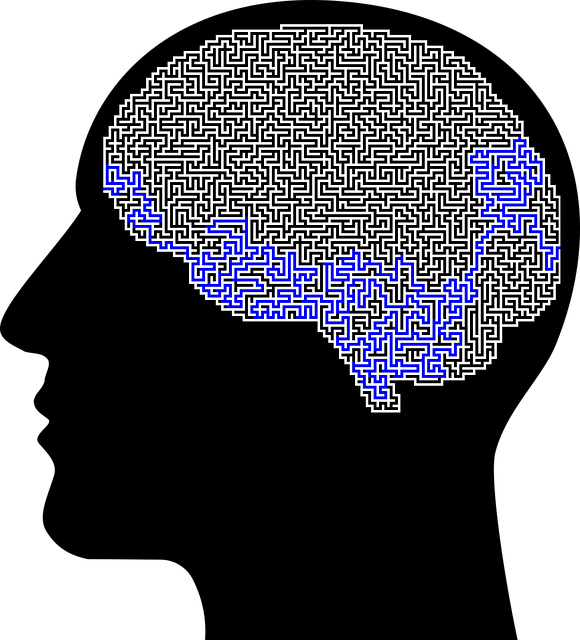Colorado Springs Chronic Pain Therapy: Integrating Mental Wellness Coaching Programs
Mental wellness coaching programs in Colorado Springs are gaining prominence as an effective approac…….
In the realm of healthcare, managing chronic pain has emerged as a critical focus, leading to the development of specialized therapeutic approaches. One such notable therapy, Colorado Springs Chronic Pain Therapy (CSCPT), has gained recognition for its innovative and holistic approach to alleviating long-term pain. This article aims to provide an in-depth analysis of CSCPT, exploring its definition, global impact, economic implications, technological contributions, regulatory framework, challenges, successful case studies, and future prospects. By delving into these aspects, we will offer a comprehensive understanding of this transformative therapy and its potential to improve lives worldwide.
Colorado Springs Chronic Pain Therapy is an integrated healthcare approach designed to manage and alleviate chronic pain conditions. It involves a multidisciplinary team of healthcare professionals, including physicians, psychologists, physical therapists, and alternative medicine experts, who collaborate to address the physical and psychological aspects of pain. The core components of CSCPT include:
The roots of CSCPT can be traced back to the recognition that chronic pain is not merely a physiological issue but also involves complex psychological and social factors. Over the years, various disciplines within healthcare have contributed to its evolution:
Today, CSCPT is recognized as a vital component of modern healthcare systems, offering hope and improved quality of life for millions worldwide suffering from chronic pain conditions.
Colorado Springs Chronic Pain Therapy has made significant inroads globally, with its integrated approach gaining recognition in diverse healthcare systems. Key influences include:
The implementation and evolution of CSCPT vary across regions, influenced by cultural, economic, and healthcare system differences:
| Region | Trends | Example |
|---|---|---|
| North America | High adoption rate, with specialized pain management centers offering comprehensive CSCPT services. | The United States has seen a rise in patient-centered care models, emphasizing individual treatment plans and access to multidisciplinary teams. |
| Europe | Increasing integration into national healthcare systems, with government initiatives promoting holistic pain management. | In Germany, the ‘Chronic Pain Management Act’ encourages integrated approaches, including CSCPT, for better patient outcomes. |
| Asia | Growing interest in alternative therapies, often combining traditional medicine with CSCPT elements. | China’s ‘National Plan for Chronic Disease Prevention and Control’ includes acupuncture and herbal medicine alongside Western pain management techniques. |
The global chronic pain management market, including CSCPT-related services, is experiencing steady growth due to an aging population and rising chronic pain prevalence:
The economic landscape of CSCPT involves various investment sectors:
CSCPT contributes to economic systems through:
Technological progress has revolutionized CSCPT, enhancing its effectiveness and accessibility:
Technological advancements have had a profound impact on patient care:
The future of CSCPT technology holds immense potential:
The development and practice of CSCPT are shaped by various policies and regulations that vary across jurisdictions:
Policies and regulations play a critical role in shaping the following aspects of CSCPT:
Despite its potential, CSCPT faces several challenges that require strategic solutions:
Addressing these challenges requires a multi-faceted approach:
Patient Profile: A 42-year-old female with chronic lower back pain due to degenerative disc disease, experiencing limited mobility and severe pain episodes.
Treatment Approach:
Outcomes:
Patient Story: A 35-year-old male with CRPS following a severe car accident, experiencing intense burning pain, allodynia, and limited use of his affected limb.
Integrated CSCPT Approach:
Results:
The future of CSCPT holds exciting possibilities:
Several emerging trends are shaping the future of CSCPT:
To capitalize on these trends and ensure CSCPT’s continued growth and success:
Colorado Springs Chronic Pain Therapy has emerged as a powerful approach to managing chronic pain conditions, offering hope and improved quality of life to countless individuals worldwide. Technological advancements, policy reforms, and innovative treatment modalities have collectively contributed to its success. However, challenges remain, from ensuring equitable access to addressing the complex nature of chronic pain itself.
Looking ahead, the future of CSCPT is promising, with personalized medicine, digital therapeutics, and integrated care models poised to revolutionize patient care. By leveraging emerging trends and strategic considerations, stakeholders can navigate the next phase of CSCPT development, ensuring its continued effectiveness and accessibility for generations to come. As research and technology advance, the potential to transform chronic pain management into a more proactive, holistic, and personalized endeavor becomes increasingly achievable.

Mental wellness coaching programs in Colorado Springs are gaining prominence as an effective approac…….

Creating a podcast focused on Colorado Springs Chronic Pain Therapy requires a balanced approach: en…….